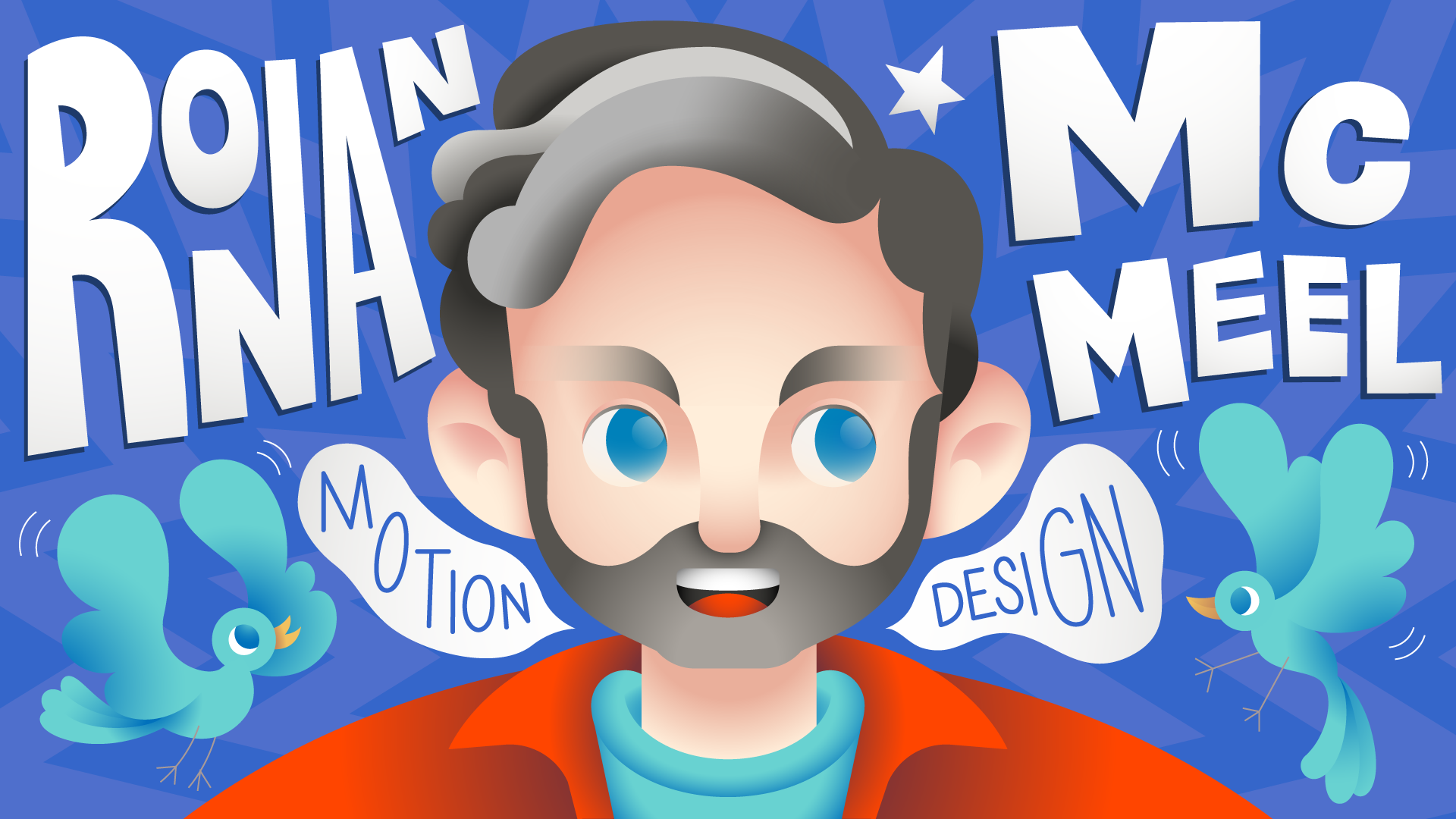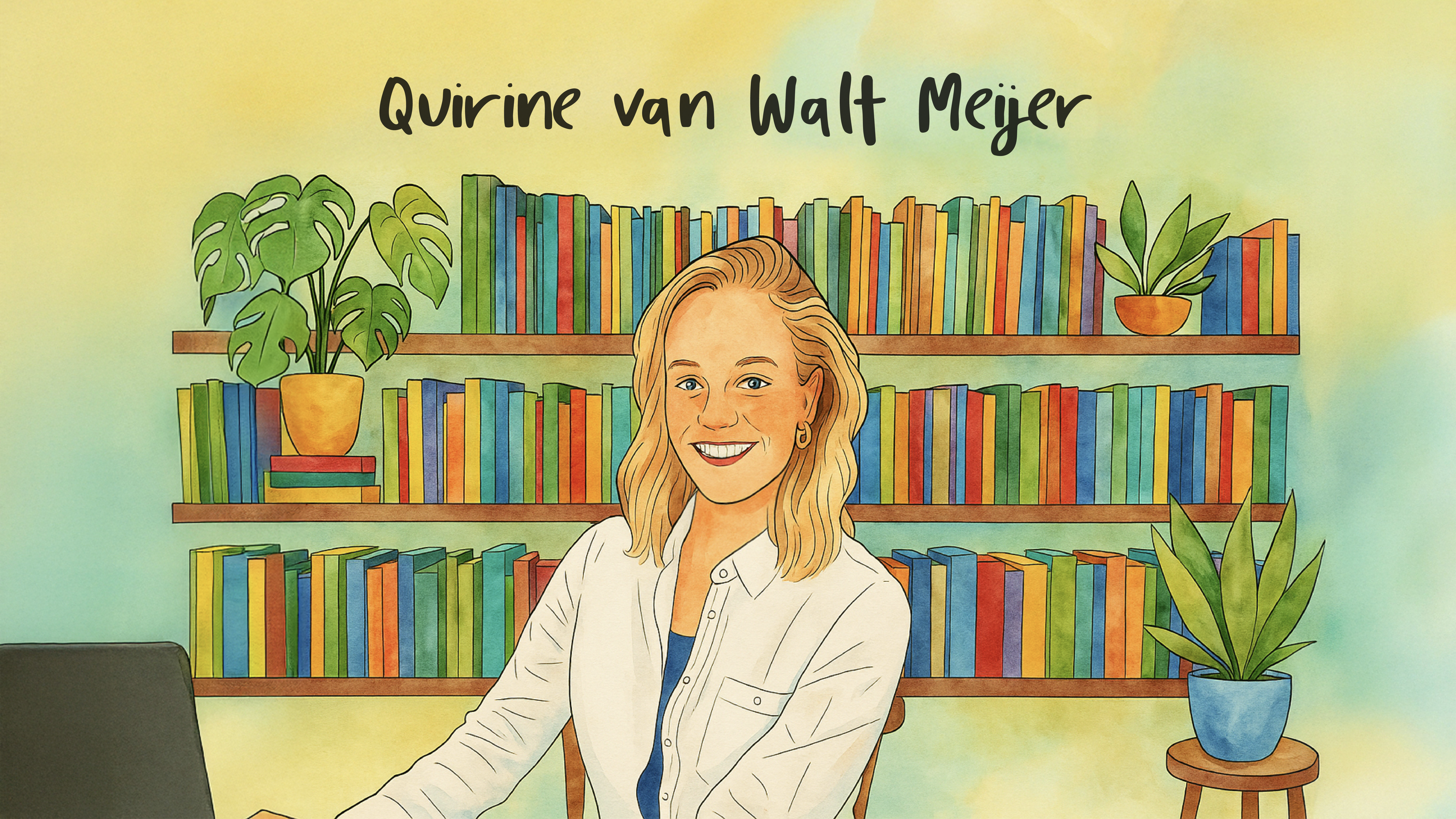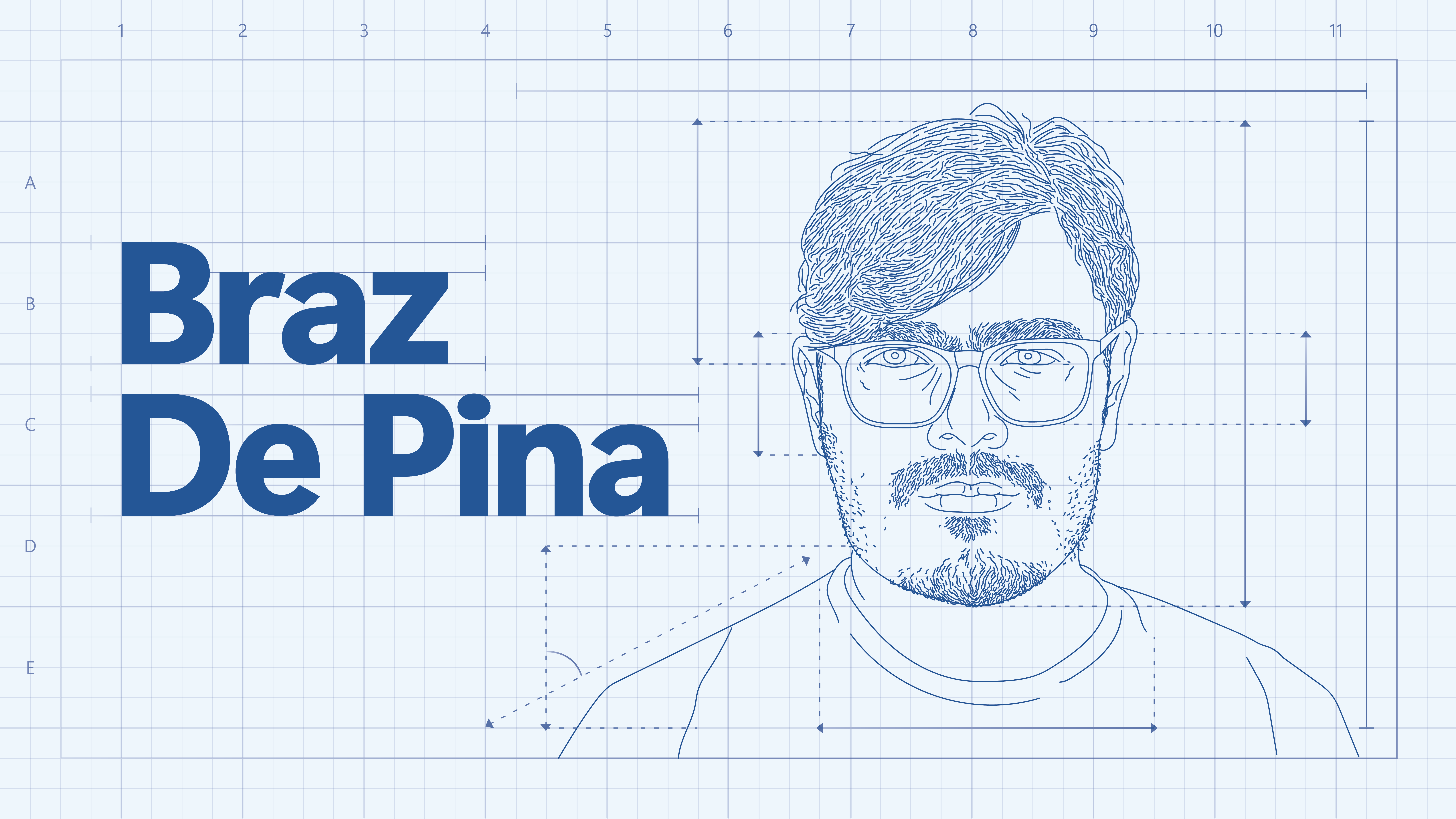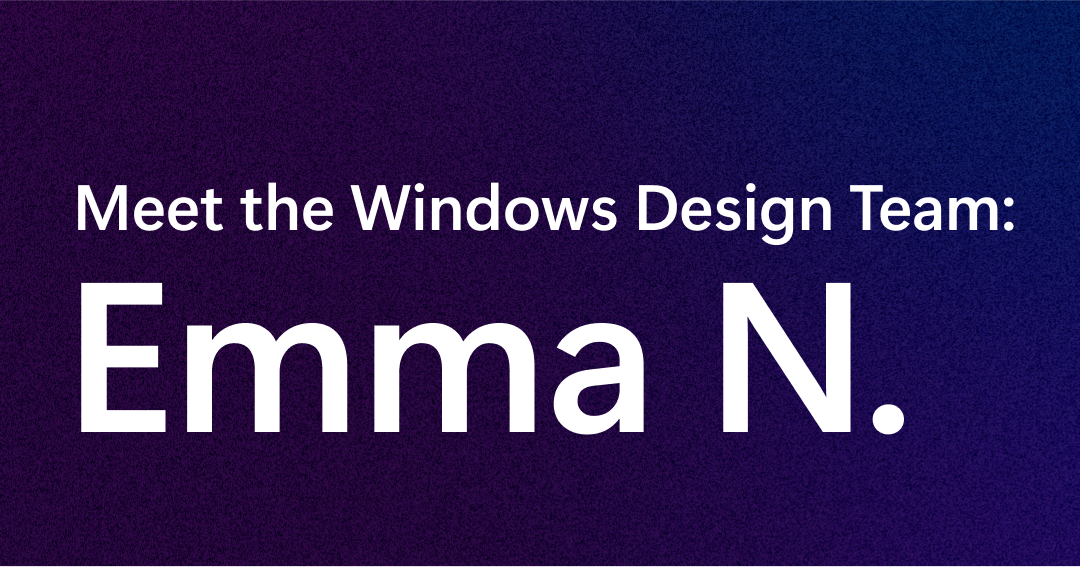
In the dynamic world where design meets storytelling, few disciplines are as captivating as motion design. It’s an art form that breathes life into ideas, blending creativity, technical finesse, and a touch of magic to captivate audiences. We sat down for a chat with Ronan McMeel, a motion designer at Microsoft, to delve into the intricacies of his role, his journey from sketching in Dublin to collaborating with global teams, and the lessons he’s learned along the way. Whether you’re a design enthusiast or simply curious about the impact of motion in storytelling, Ronan’s experiences offer a fascinating glimpse into the vibrant intersection of design, technology, and creativity.
Q: You’re a motion designer at Microsoft. What does your role entail, and what kinds of projects do you work on?
A: I work on a storytelling team within a product design studio. We’re a group of multidisciplinary designers focused on helping partners articulate what they’re building and why it matters. This involves creating videos, design work, and thinking strategically about advancing the studio’s goals. My day-to-day involves tasks like creating animated titles, making Figma frames come alive, and exploring motion directly in products. Storytelling and motion are surprisingly impactful here—they help cut through the noise, align people, and drive decisions.
Q: How did you get into motion design? Tell us about your journey.
A: Dragging a huge portfolio case across Dublin, I nervously awaited an animation interview after being turned down by art courses. The tutors noticed my constant sketching, love for mixed media, and life-drawing experience—it felt like a good fit. Animation revealed itself as a craft blending technical skill, experimentation, and storytelling, which could also lead to a career. I studied at IADT in Dublin, flipping pages on old animation desks salvaged from Sullivan Bluth’s old studio and learning traditional and digital techniques.
I landed work at a small studio, meeting great people and realizing how much I still had to learn. I became interested in blending animation, design, live action, and VFX. A freelance gig for the BBC felt like a breakthrough, but Ireland’s motion design scene was limited, so I studied VFX in Bournemouth, England. Returning to Dublin, I pestered directors with emails until freelance gigs turned into a job with creative freedom. But when the economy crashed and budgets vanished, I went freelance, taking on whatever paid the bills and learning along the way.
Sharing a studio with friends on Capel Street in Dublin was a highlight. Two friends made films funded by Screen Ireland, and I joined them as an art director, shaping visuals and painting backgrounds. The films won festival prizes, and I even got to travel. These projects, driven by storytelling and craft, stood out from the usual grind of client work.
Despite the creative growth, years of freelancing eventually took their toll, leaving me burnt out. I craved stability and a sense of direction. This led me to a role in UX design education, where I could combine my passion for design and storytelling with the structure I was seeking. That experience became the bridge to my current role at Microsoft, where I’ve truly found a space to thrive. Twenty years after lightboxes and pencil tests, the throughline remains the same: storytelling through motion, with evolving tools but unchanged foundations.
Q: What is your process like when starting a new project?
My process draws from my animation background and the scrappiness of self-employment, where small budgets and tight deadlines shaped my adaptive and flexible approach. Projects now vary widely, often influenced by dependencies that demand iterative problem-solving and thoughtful motion exploration when possible.
When starting a project, I focus on clarifying its purpose and constraints to understand what we’re communicating and its impact. Some work requires quick solutions and incremental improvements, while other projects allow deeper creative storytelling to influence user experience design
I aim to bring unique perspectives, simplify complexity, and enhance outcomes beyond the brief if I can.
As a team, we’re developing reusable visual and animation systems to ensure quality and coherence, even under pressure. My approach balances creativity with practicality through thoughtful design and storytelling while staying grounded in real-world constraints.
Q: You’re based in Ireland, but most of your team is scattered across the UK and the US. What are the challenges and joys of working remotely with an international team?
A: Yes, we’re quite the global bunch — Norway, Ireland, UK, Canada, Mexico, and the US. Sometimes it feels like we’ve got as many time zones as team members! All things considered, I think we manage pretty well. They’re a talented group and genuinely good people. Collaborating with teammates from different parts of the world brings fresh perspectives and diverse approaches that I wouldn’t encounter otherwise, and that variety really enriches our work.
Of course, those same factors bring challenges. Coordinating multiple workstreams across the globe can get tricky, especially when partner teams are involved. As wonderful as it would be to have everyone under one roof — to foster easier communication and benefit from the unspoken shorthand that naturally comes with proximity — the reality is that our team wouldn’t exist if we were tied to a single office or location. So, while it’s not without its hurdles, the flexibility and breadth of collaboration make it all worthwhile.
Q: What advice do you wish you had received when starting out as a designer, and what would you share with someone entering the field today?
A: When I was starting out, I wish someone had told me that facing struggles like financial pressures, pricing uncertainty, or unhealthy work habits wasn’t a personal failure. These challenges are common, and having a supportive community to share them would’ve been invaluable.
My advice now is twofold: First, build a community—friends, online peers, or local connections—to share honest conversations about the ups and downs. *Community over competition* really does make a difference. Second, make time for work you’re passionate about, even alongside other jobs. Developing your creative voice will set you apart and keep you motivated. Also, use today’s abundance of resources to learn and grow, and don’t hesitate to reach out for help. It’s much harder (and lonelier) to go it alone.
Q: How is AI changing motion design, and what excites or concerns you about it?
A: AI tools are advancing rapidly, currently assisting with tasks like upscaling footage, enhancing audio, and aiding pre-production, though they’re not fully integrated into high-end workflows yet. What excites me is AI’s potential to enhance creativity by supporting structured workflows and augmenting human decisions, as seen in workflows resembling traditional pre-production processes. While AI-generated visuals can be unpredictable, the best outcomes always come from creators who pair storytelling skills with AI as a tool.
Potential uses in motion design include modifying video elements, extending scenes, reframing shots, motion capture, and style transfers. There’s plenty of potential, and our team is keeping an eye on developments.
Concerns include job security, data ethics, environmental costs, and the rapid pace of AI development. Transparency and long-term focus are crucial. Personally, I use AI for brainstorming and refining ideas, but until it offers consistent creative control, it won’t replace traditional workflows. Ask me again in six months, though — things are changing fast.
Q: How do you use Copilot to boost productivity or work more efficiently at Microsoft?
A: I use Copilot every day. It’s integrated into all our communication tools, helping me stay on top of acronyms, projects, and how everything connects. I rely on it to look up engineering terms or unfamiliar language, sift through recorded meetings to pinpoint key moments, and summarize lengthy emails that might not directly impact me but are still worth tracking. This way, I get the gist quickly and can dive deeper when necessary.
I’ve also been experimenting with agents. These are like custom extensions for Copilot, tailored to specific tasks or skills based on what’s most useful in individual roles. You can create them easily through natural language prompts—it’s almost like building a no-code mini-app. I think there’s real potential in this approach.
The results keep getting better, and as that progress continues, I foresee even more dynamic use cases emerging over time.
Q: Are you working on any personal design projects or have an online portfolio to share?
There’s a well-worn cliché about creative people avoiding an online presence because they’re never satisfied with their past work or have already moved on from it. Hi, that’s me. One day, I’ll dust off my online profiles and emerge from hibernation—when I have a clearer sense of what’s next. Until then, no groundbreaking portfolio updates here!
Right now, my priorities are a bit less design related. I’m working on improving my Brazilian Portuguese (so I can graduate from gringo status) and staring down a banjo across the room—a silent reminder to learn some Irish traditional tunes. My seven-year-old niece already has a wider repertoire than I do, so it’s time to catch up. If you’re my neighbor, you might hear me butchering a few jigs and reels or catching up on Duolingo lessons.
These days, I’m trying to be better at staying connected. I actually check LinkedIn now, so if anyone wants to say hello or reach out, feel free to give me a holler

Vibe coding makes prototyping close to code, closer to users
Meet Quirine, a computational design manager exploring how AI reshapes the way her team builds and test ideas

Breaking the mold: Braz de Pina on the evolution of creativity and design in this AI era
Meet Braz De Pina, a Principal Product Designer for Microsoft’s Experience Collective Horizontal Design Studio

Windows UX in an AI-driven world
Emma Nestvold, a UX designer on the Windows design team, shares insights into her approach to design and experiences working on AI-driven features
